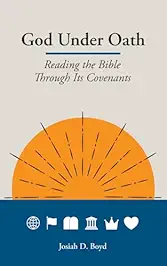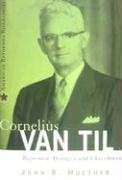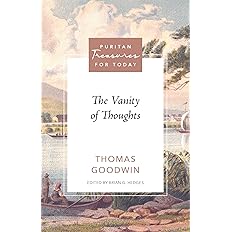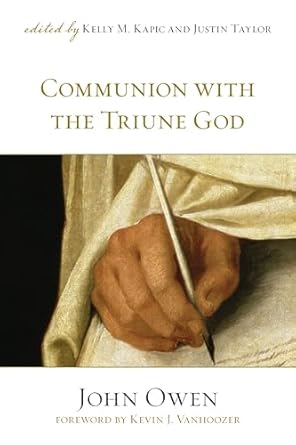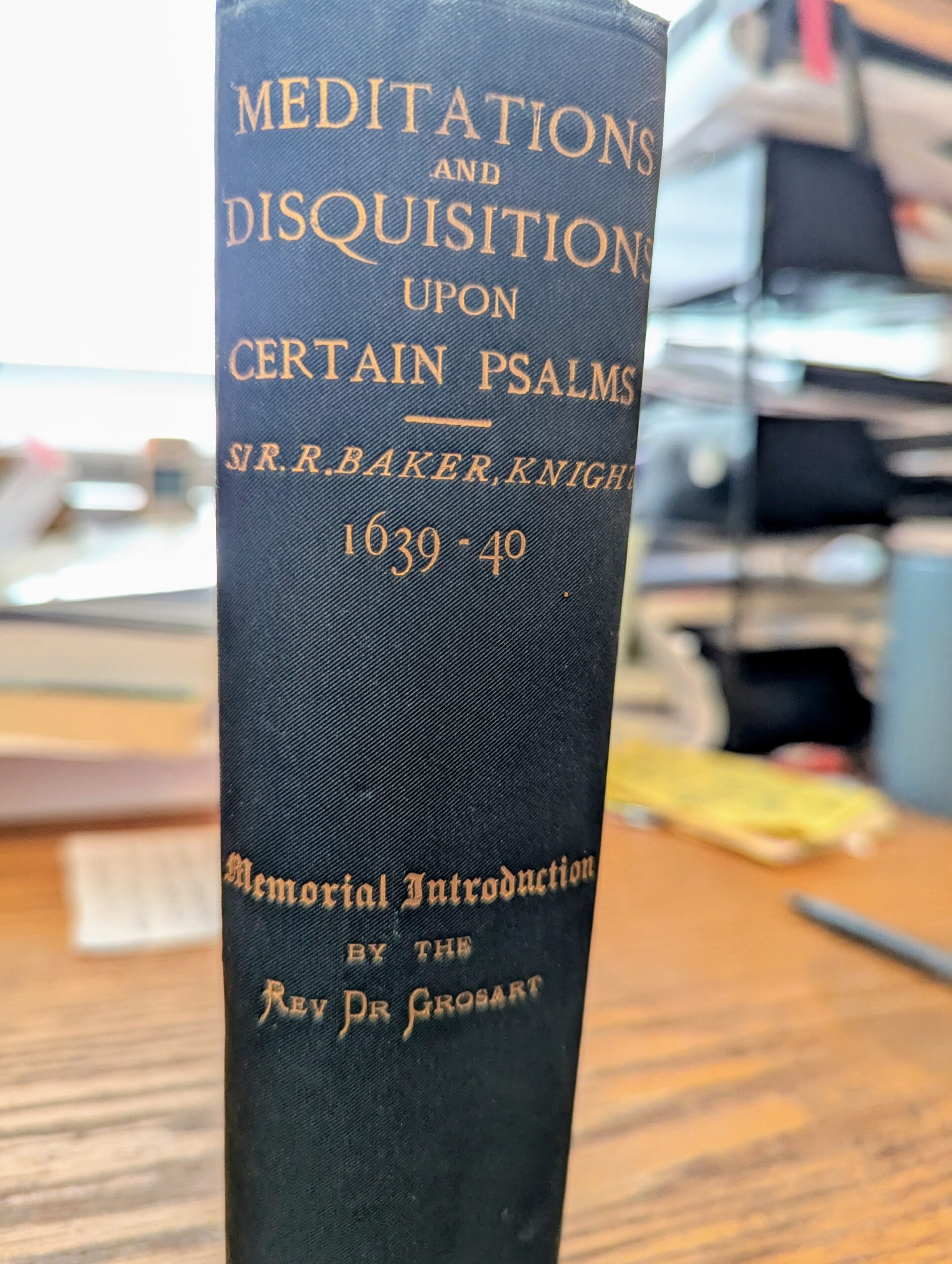A review of Josiah D. Boyd, God Under Oath: Reading the Bible Through Its Covenants, Proclamation Press, 2025, 101 pages, paperback. This little book is an attempt – successful at that – to provide readers of the Bible with a logical, understandable, and relatable study of the biblical covenants. It is not wooden or stolid, but upbeat and geared to pass on important information in an easy to read and pleasing format. A great deal of thought has gone into …
Blog Posts
Years ago (where has time gone?) I wrote a review of the book Cornelius Van Til: Reformed Apologist and Churchman by John R. Meuther (P&R, 2008). Here is the review. I was surfing some of my old contributions and came across a little interaction with a reviewer of my review – a fan of Karl Barth. I thought the interaction was quite helpful, and so, as I have not published much on apologetics for a while, I thought I’d give …
PART EIGHT: Communion with God by John Owen There are many people who are wary of buying a book by a Puritan author and getting stuck in the mud from a combination of old English and heady theology. An certainly, if I were to be asked to give an example of just such an author, I think I might serve up Thomas Goodwin as my “for instance.” Thomas Goodwin is held up by those that know as one of the …
Here is an excerpt from the shorter book I am writing called The Oaths of God: An Introduction to Biblical Covenantalism. I have already said that the concept of “covenant” is of great importance to rightly comprehending the Bible. In this chapter I will argue for the enormous importance and impact of God’s covenants. Let’s begin by looking at the covenant with Abraham. I will make you a great nation; I will bless you and make your name great; and …
PART SEVEN: Sir Richard Baker’s Meditations & Disquisitions Upon Certain Psalms This review was written some years ago, but it fits well into the present project, so I decided to include it here. I hope I will be forgiven for posting a preexisting book review in the series, but the book is one of the most famous Puritan works and really had to be included. The review is of the recent edition of the work, John Owen, Communion with the Triune …
PART THIRTEEN Romans 9:4 and Israel-Only Covenants? Many dispensationalists cite Romans 9:4 as proof that the covenants are only given to Israel, with the Church having no part in them. The verse reads: who are Israelites, to whom pertain the adoption, the glory, the covenants, the giving of the law, the service of God, and the promises… I think there is a case for using this verse to fend off those, like the present writer, who believe that the Church is party to the …
PART TWELVE Let me begin by saying that those brothers with whom I disagree, whether they deny outright any involvement of the Church with the New covenant, or whether they believe the Church participates in the New covenant are due a respectful hearing. This is not the most important subject of Christian Theology. However, the relation of the Church to the New covenant is significant. And that is why I have written these articles. Now it is time to engage …
PART SIX: George Swinnock’s ‘The Blessed and Boundless God’ This book has a sad history. It was written by a knight of the realm of high education; a man of letters with familiarity with the great Latin playwrights. Sir Richard Baker was imprisoned in the Fleet Prison for the last ten years of his life for failure to pay debts. Those debts were, sadly, a result of Sir Richard’s becoming surety for another. It appears (states Alexander Grosart) that all …
Very preoccupied right now. Here’s one from the vaults: The identity of the “Sons of God” in the sixth chapter of Genesis is and always has been, as one OT writer has put it, “the subject of a longstanding debate among biblical scholars.”[1] Whichever view is taken of them, it cannot be doubted that even amid the extraordinary stories in Genesis 1-11, the first four verses of Genesis 6 are extremely enigmatic. Why does the human author (Moses) use this term …
Part 11 We are now in a position to tackle the main objections to the view that the Church is a full party (with future Israel) in the New covenant. As we will see, for this to be so it must be established that the New covenant is in effect now. I intend to try to prove that by looking again at the salient passages, noting how the “Israel-only” arguments are unsatisfactory. But before I do that I want to …
